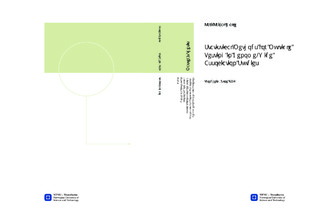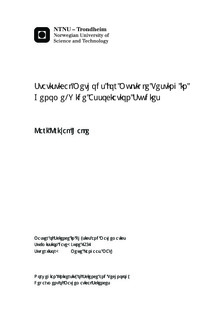| dc.contributor.advisor | Langaas, Mette | nb_NO |
| dc.contributor.author | Halle, Kari Krizak | nb_NO |
| dc.date.accessioned | 2014-12-19T13:59:49Z | |
| dc.date.available | 2014-12-19T13:59:49Z | |
| dc.date.created | 2012-11-08 | nb_NO |
| dc.date.issued | 2012 | nb_NO |
| dc.identifier | 565989 | nb_NO |
| dc.identifier | ntnudaim:7256 | nb_NO |
| dc.identifier.uri | http://hdl.handle.net/11250/259018 | |
| dc.description.abstract | In Genome-Wide Association Studies (GWAS) the aim is to look for associationbetween genetic markers and phenotype (disease). For each genetic marker weperform an hypothesis test. Since the number of markers is high (in the order of hundred thousands), we use multiple hypothesis tests. One popular strategy in multippel testing is to estimate an effective number of independent tests, and then use methods based on independent tests to control the total type I error. The focus of this thesis has been to study different methods for estimating the effective number of independent tests. The methods are applied to a large data set on bipolar disorder and schizophrenia in Norwegian individuals from the TOP study at the University of Oslo and Oslo University Hospital (OUS). A key featureof these methods is the correlation between the genetic markers. The methodsconsidered in this thesis are based on either haplotype or genotype correlation andone focus of this thesis has been to study the difference between haplotype andgenotype correlation. | nb_NO |
| dc.language | eng | nb_NO |
| dc.publisher | Institutt for matematiske fag | nb_NO |
| dc.subject | ntnudaim:7256 | no_NO |
| dc.subject | MTFYMA fysikk og matematikk | no_NO |
| dc.subject | Industriell matematikk | no_NO |
| dc.title | Statistical Methods for Multiple Testing in Genome-Wide Association Studies | nb_NO |
| dc.type | Master thesis | nb_NO |
| dc.source.pagenumber | 133 | nb_NO |
| dc.contributor.department | Norges teknisk-naturvitenskapelige universitet, Fakultet for informasjonsteknologi, matematikk og elektroteknikk, Institutt for matematiske fag | nb_NO |

